Corgis, charities and crocodiles: the royal family's mixed history with animals
The house of Windsor has been criticised for shooting wildlife as well as working to protect it
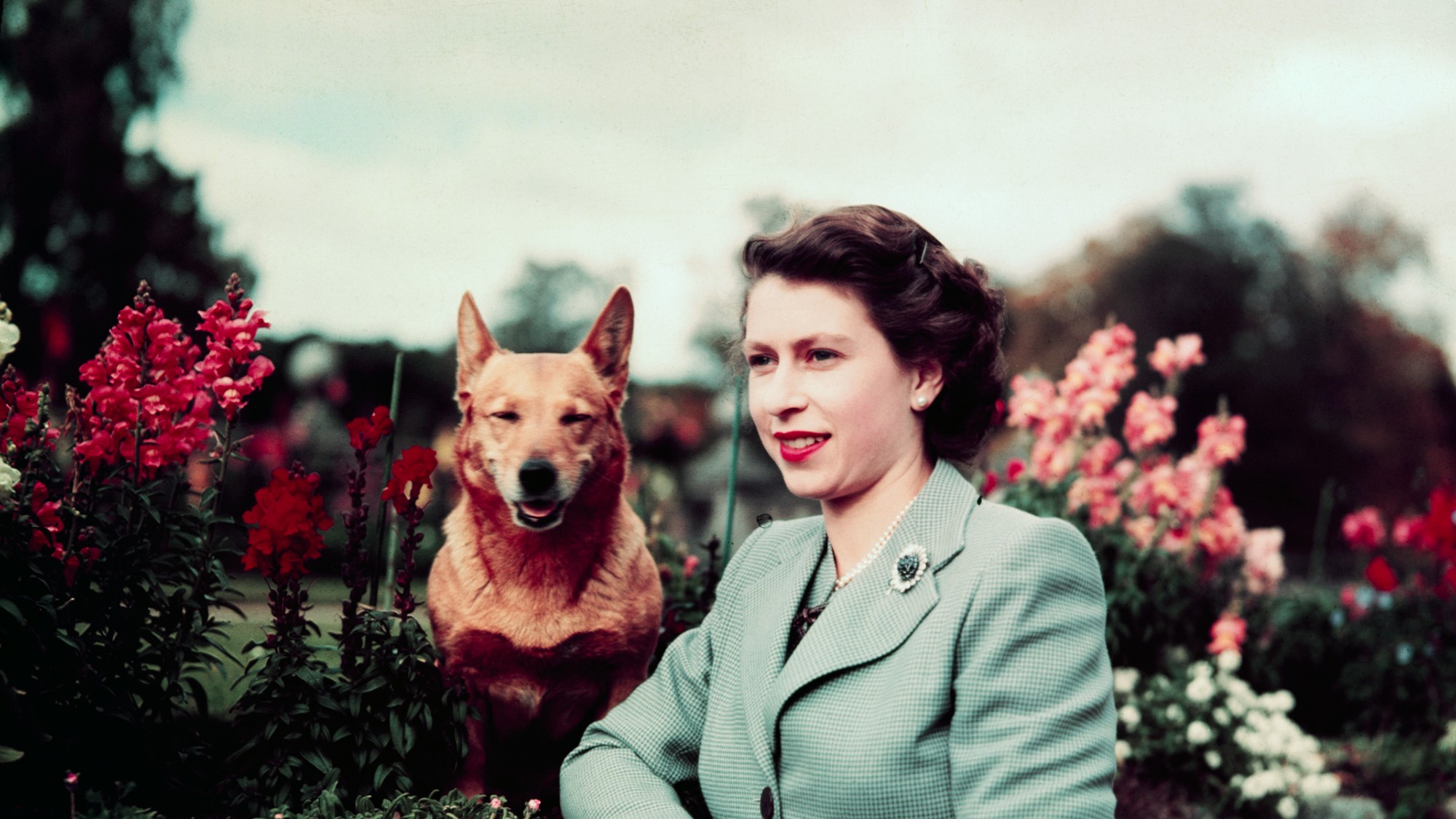
An animal rights group has accused the Prince and Princess of Wales of being "staggeringly out of touch" for breeding their family cocker spaniel.
Animal shelters are "overflowing with puppies desperate for a second chance at a loving home", said People for the Ethical Treatment of Animals, and nobody should be "churning out a litter" during an animal homelessness crisis.
Peta is well known for its outspoken views and use of shock publicity tactics but this is not the first time that members of the royal family have been caught up in controversy about their relationship with animals.
The Week
Escape your echo chamber. Get the facts behind the news, plus analysis from multiple perspectives.

Sign up for The Week's Free Newsletters
From our morning news briefing to a weekly Good News Newsletter, get the best of The Week delivered directly to your inbox.
From our morning news briefing to a weekly Good News Newsletter, get the best of The Week delivered directly to your inbox.
What's the history?
The way royals treat animals has brought them both praise and criticism over the years. When Queen Victoria and her husband Albert bought the Balmoral estate in 1852, they were "largely responsible for introducing grouse shooting to Britain's upper classes", said anti-hunting campaign group Protect the Wild.
In 1961, the Queen and Prince Philip posed by the body of a tiger he'd killed during a hunt in India. On the same trip, he also killed a crocodile and six mountain sheep.
In 2004, a "smiling" Prince Harry was photographed crouching over the body of one-ton water buffalo, said the Daily Mail. The picture was taken moments after he shot the animal dead on a hunting trip in South America.
His brother, Prince William, was taken to task for going boar-hunting in Spain and his wife Catherine has been criticised for taking part in grouse and pheasant-shooting with the royal family.
A free daily email with the biggest news stories of the day – and the best features from TheWeek.com
What about all their charity work?
The royals have also supported many animal causes. Prince Philip was long associated with the work of the World Wildlife Fund, becoming its UK president (ironically) the same year as his tiger hunt in India.
Queen Elizabeth II, who famously owned corgis and was an expert on racehorses, was a patron of more than 30 animal charities and helped to raise awareness of issues such as the illegal wildlife trade. She was also a regular visitor to the pigeon lofts at Sandringham and was known for her love of cows.
Prince William has reportedly promised to destroy all the ivory in the Royal Collection at Buckingham Palace, and (ten years after that dead buffalo picture) Prince Harry vowed to protect African wildlife.
What about Charles and Camilla?
Last year, Queen Camilla promised that she would not buy any new fur products. In a letter to Peta, Buckingham Palace said the Queen "will not procure any new fur garments". Welcoming the development, The Independent said Camilla was using her "privilege to set a moral example".
King Charles is a patron of the RSCPA and the charity has praised his "continued" and "invaluable" support for animal welfare. When Charles was crowned, the Coronation Roll (the state record of the event) was produced on paper, rather than the traditional parchment made from animal skin, and the oil used to anoint him was vegan-friendly.
Royal residences no longer serve foie gras, made from ducks or geese which are often force-fed, because, said the BBC, King Charles is a "longstanding opponent" of the food.
Chas Newkey-Burden has been part of The Week Digital team for more than a decade and a journalist for 25 years, starting out on the irreverent football weekly 90 Minutes, before moving to lifestyle magazines Loaded and Attitude. He was a columnist for The Big Issue and landed a world exclusive with David Beckham that became the weekly magazine’s bestselling issue. He now writes regularly for The Guardian, The Telegraph, The Independent, Metro, FourFourTwo and the i new site. He is also the author of a number of non-fiction books.
-
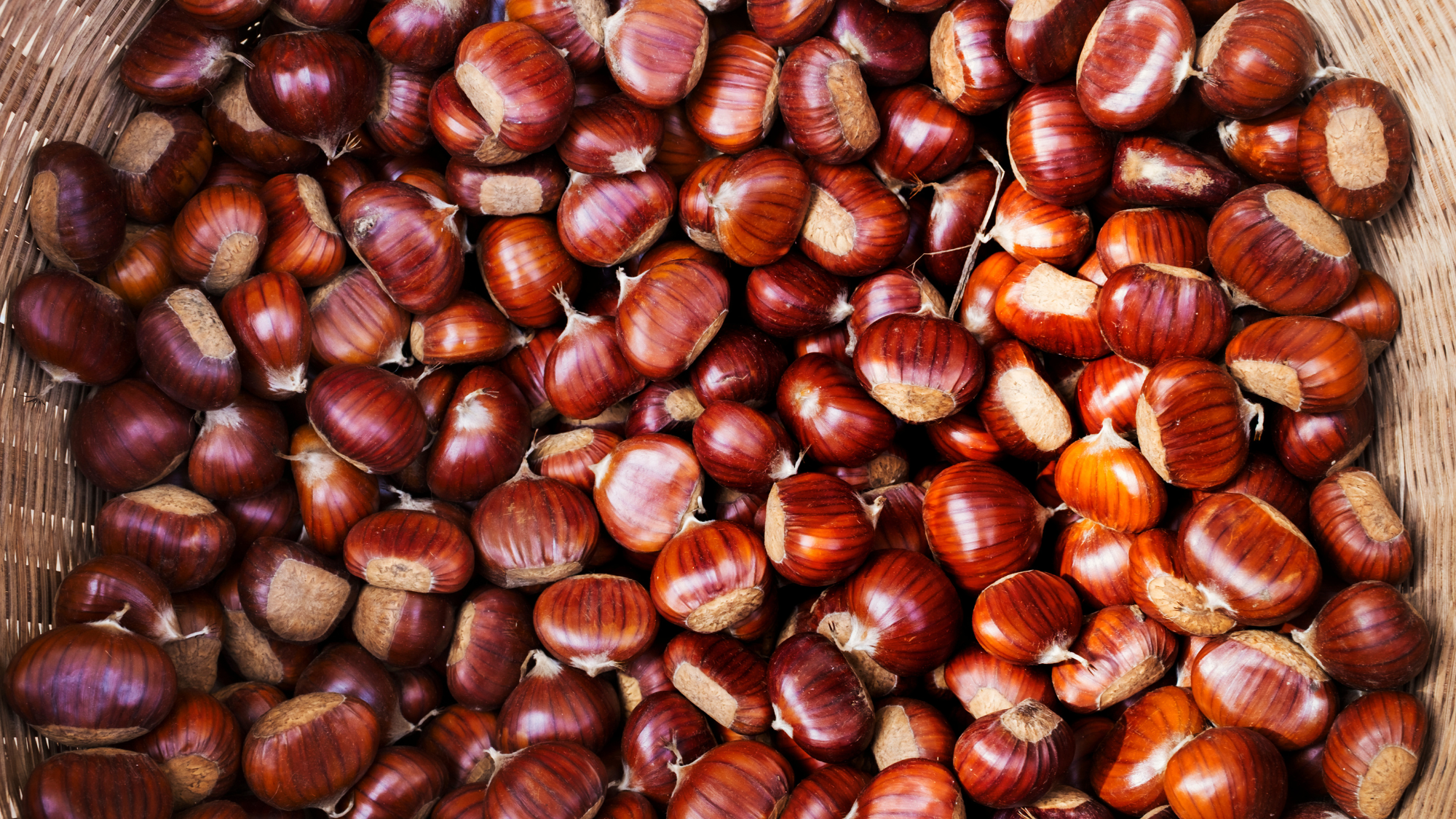 How to make the most of chestnuts
How to make the most of chestnutsThe Week Recommends These versatile nuts have way more to offer than Nat King Cole ever let on
-
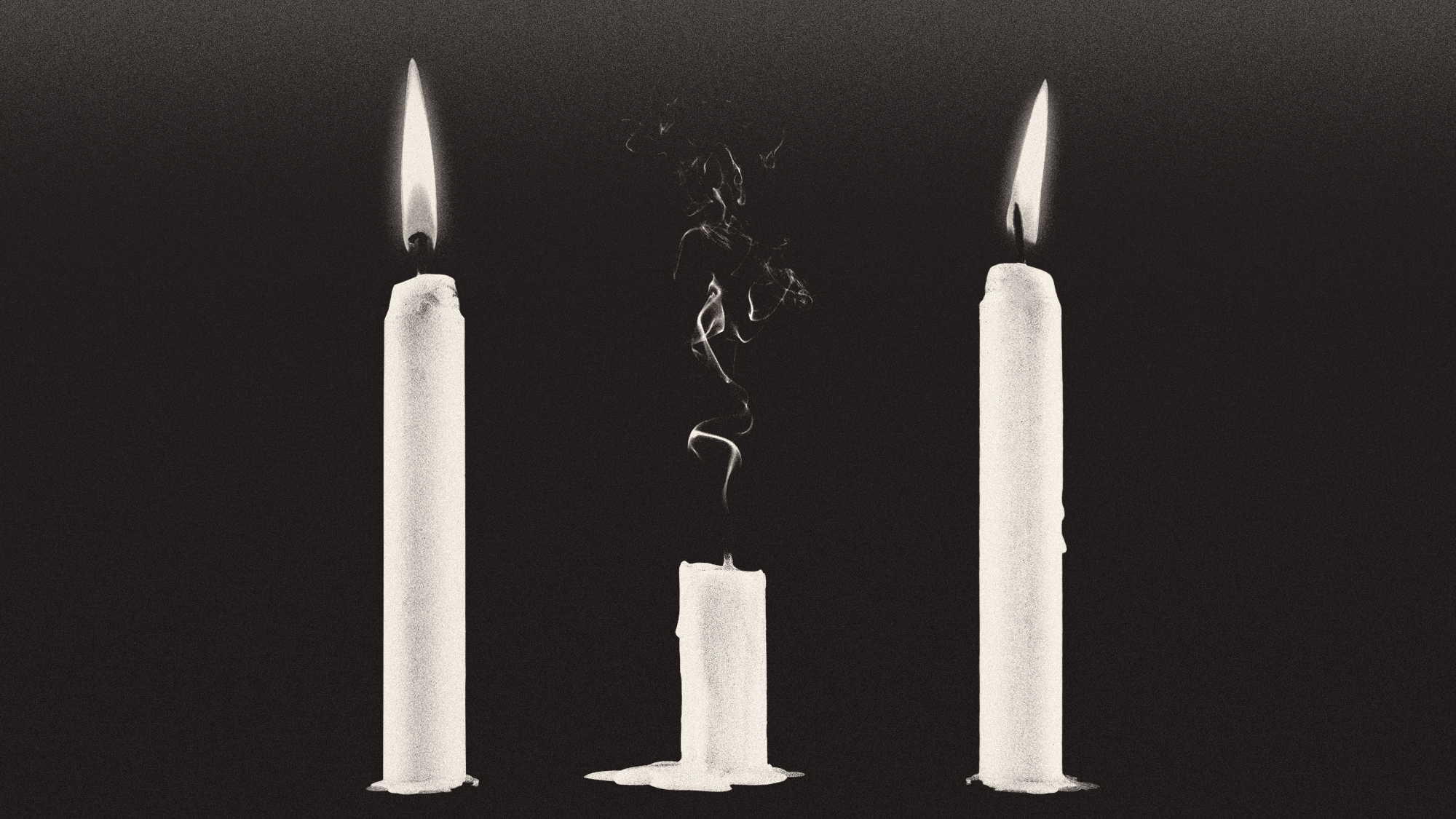 Deaths for children under 5 have gone up for the first time this century
Deaths for children under 5 have gone up for the first time this centuryUnder the radar Poor funding is the culprit
-
 Codeword: December 22, 2025
Codeword: December 22, 2025The daily codeword puzzle from The Week
-
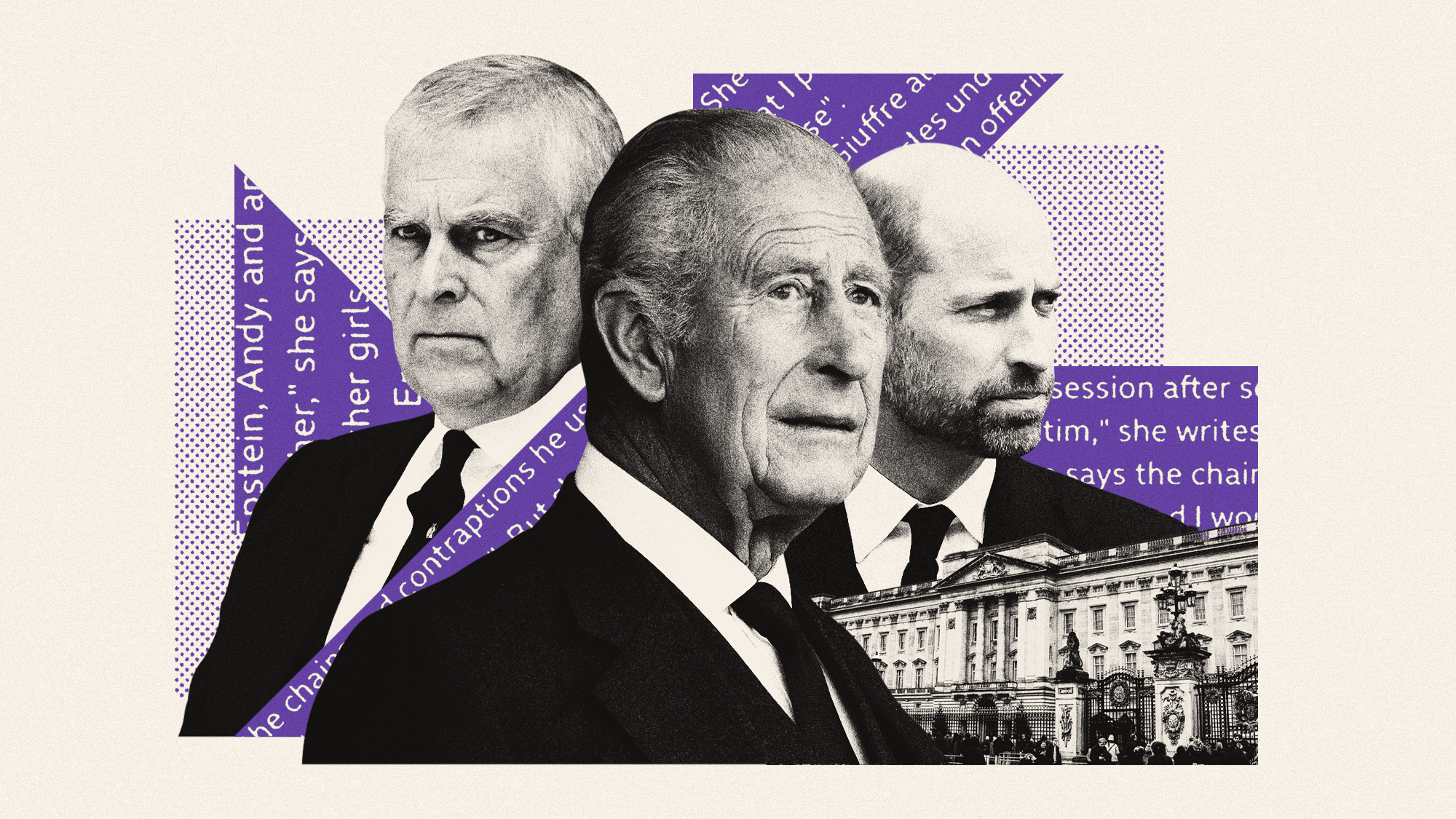 Prince Andrew: is the royal family doing enough?
Prince Andrew: is the royal family doing enough?Today’s Big Question King Charles faces calls for tougher action against Andrew after latest allegations about Virginia Giuffre and Jeffrey Epstein
-
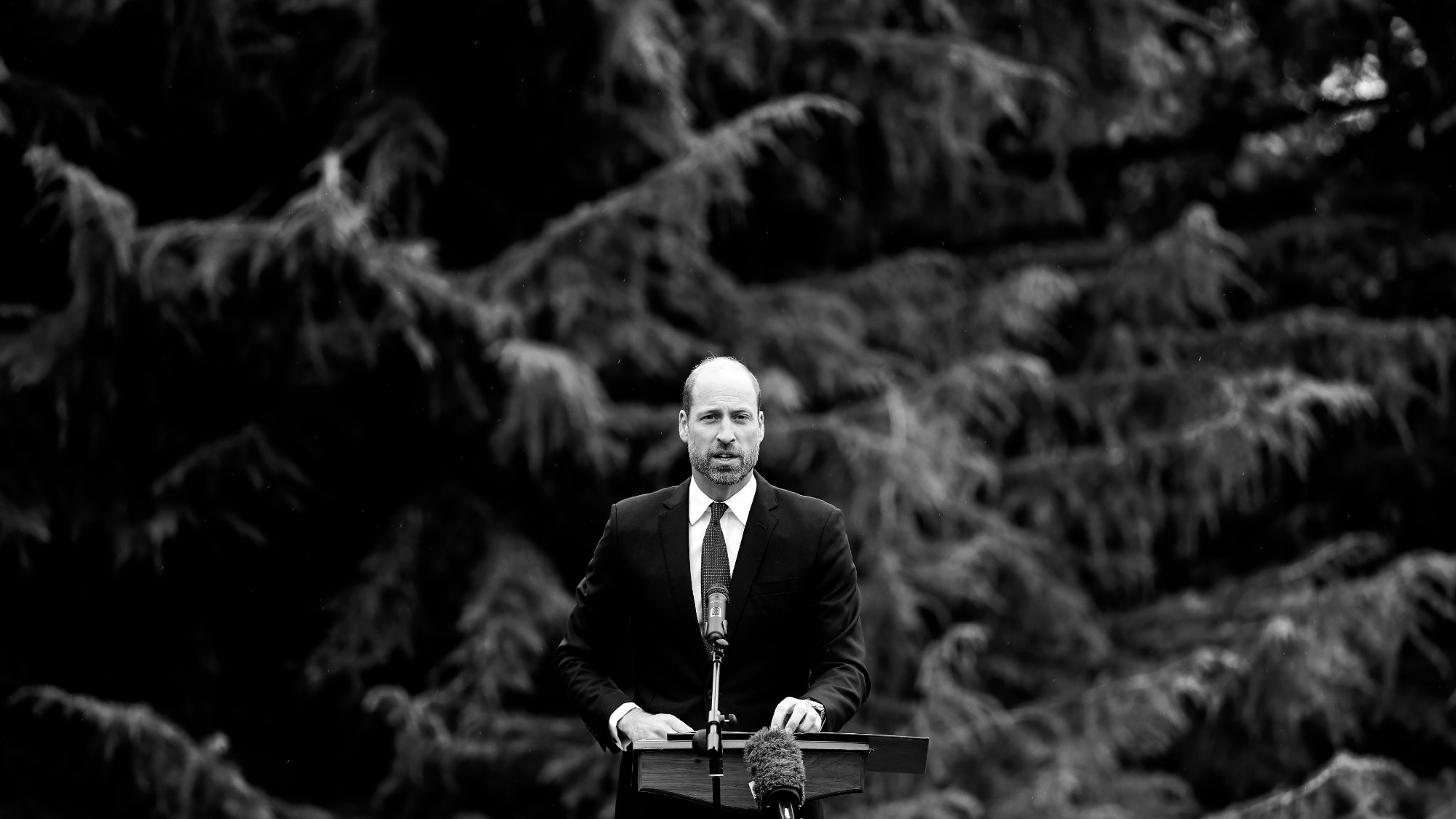 What will William be like as king?
What will William be like as king?Today's Big Question Prince of Wales said he won’t be ‘restricted’ by history when he takes the throne
-
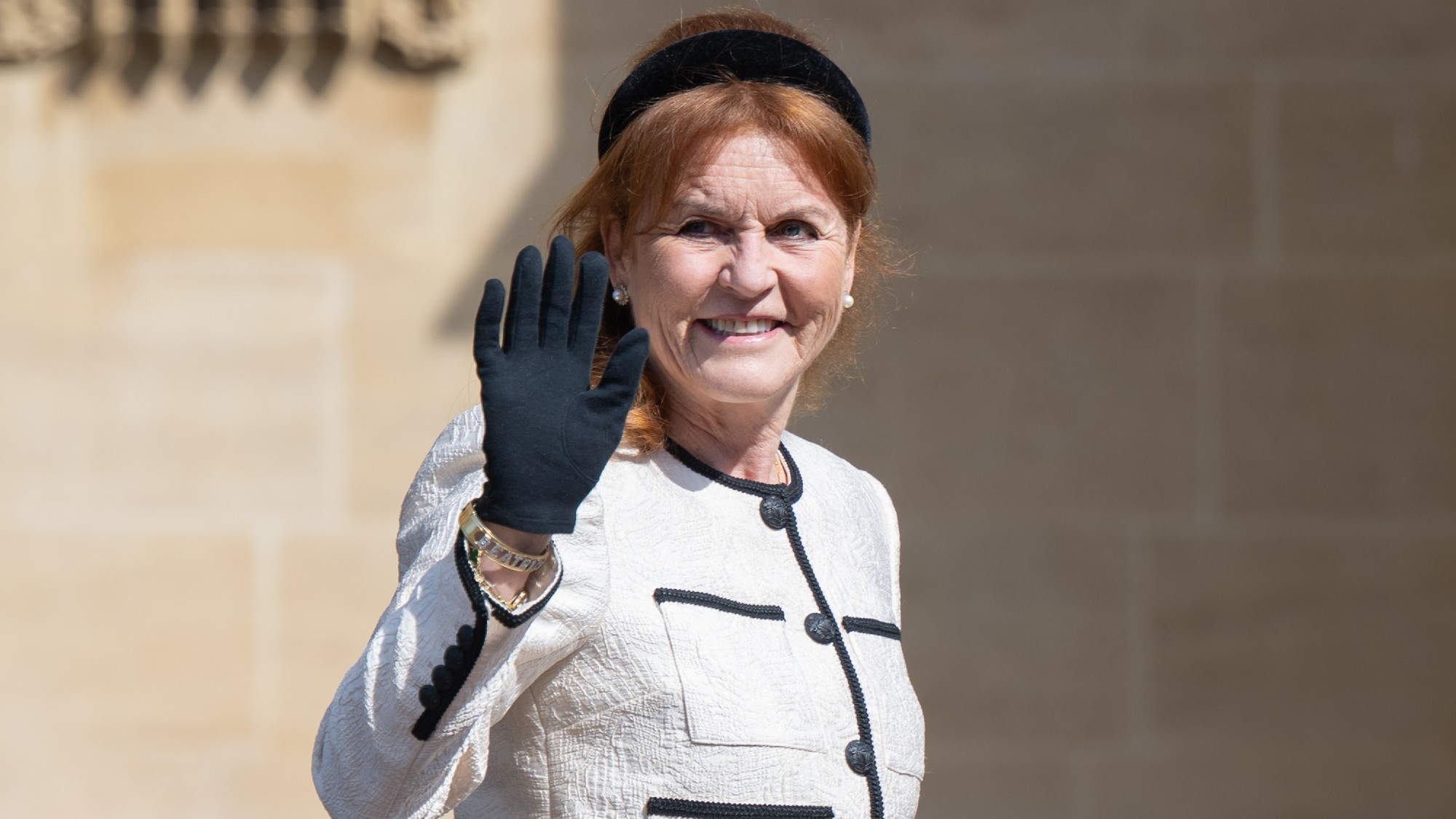 Sarah Ferguson: a reputation in tatters
Sarah Ferguson: a reputation in tattersIn the Spotlight After emails surfaced revealing ties to Jeffrey Epstein, weeks after she claimed to cut contact, her charities are running for the hills
-
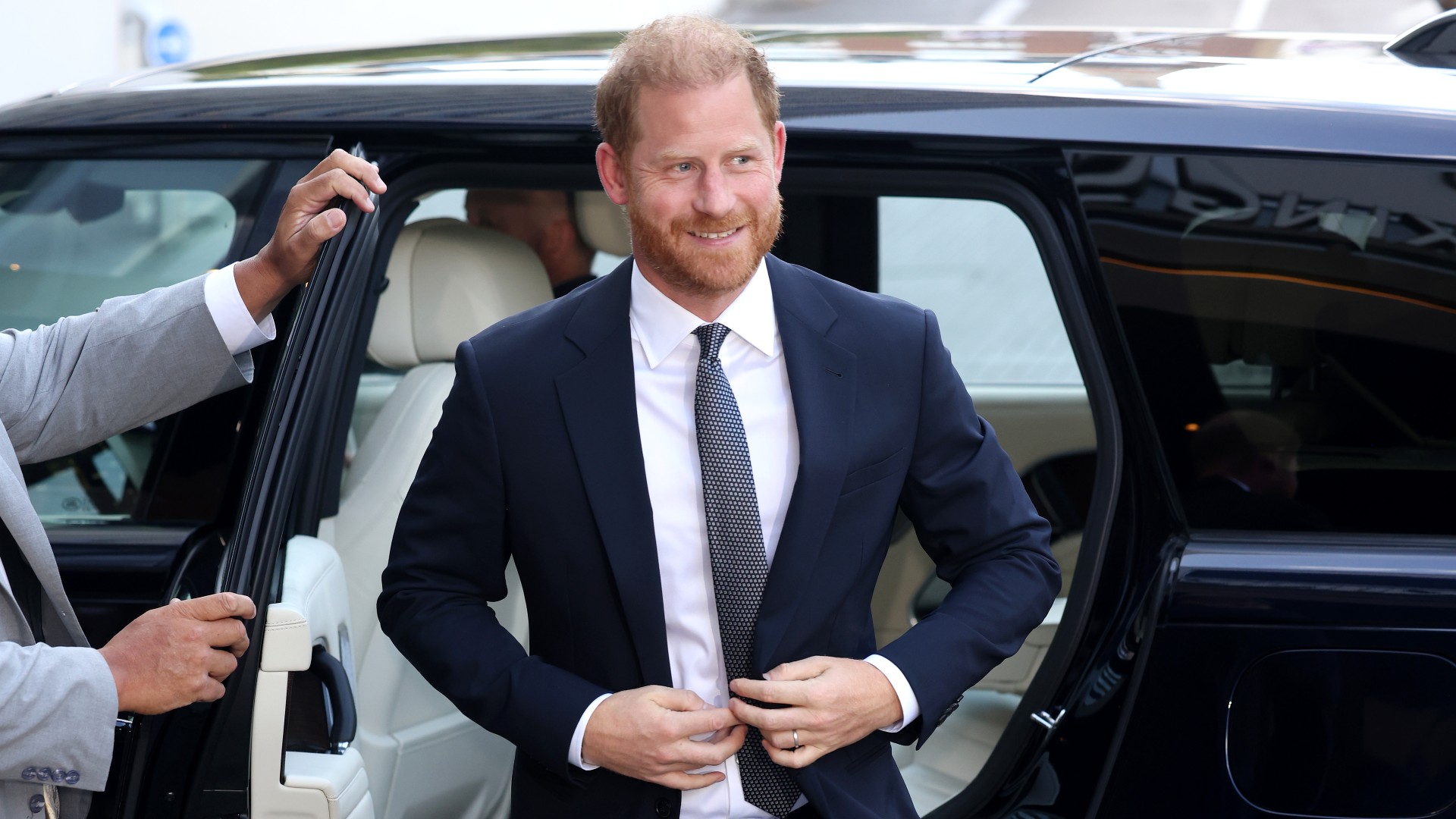 Prince charming: Harry’s tea with King sparks royal reconciliation rumours
Prince charming: Harry’s tea with King sparks royal reconciliation rumoursTalking Point Are the royals – and the UK public – ready to welcome the Duke of Sussex back in?
-
 Forest Lodge: William and Kate's new home breaks with royal tradition
Forest Lodge: William and Kate's new home breaks with royal traditionIn the Spotlight Wales' said to hope move to 'forever home' in Windsor Great Park will 'leave unhappy memories behind'
-
 King Charles and Prince Harry: peace in our time?
King Charles and Prince Harry: peace in our time?Talking Point Leaked images of a secret meeting between royal aides suggest a dialogue is beginning to open up
-
 King Charles and the Sovereign Grant: how UK taxpayers fund the monarchy
King Charles and the Sovereign Grant: how UK taxpayers fund the monarchyThe Explainer Royals received £86.3m from government last year – and they are in line for a 50% increase
-
 Prince Harry's 'bombshell' BBC interview
Prince Harry's 'bombshell' BBC interviewTalking Point Royal claims he is not safe to visit the UK and fuels speculation over King Charles' health in 'extraordinary' BBC interview